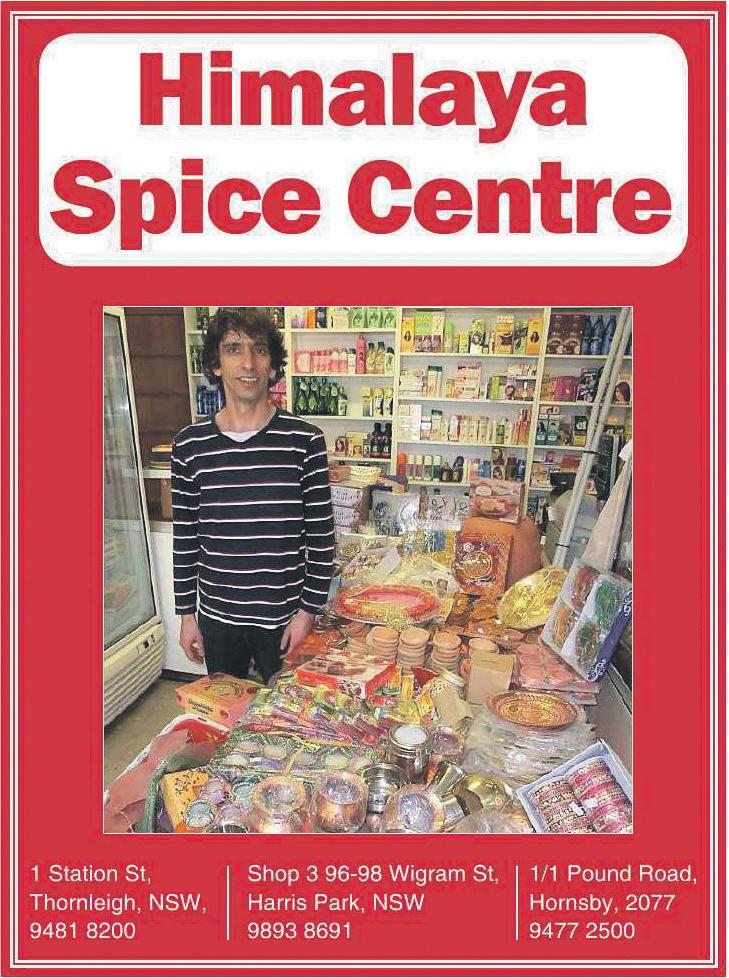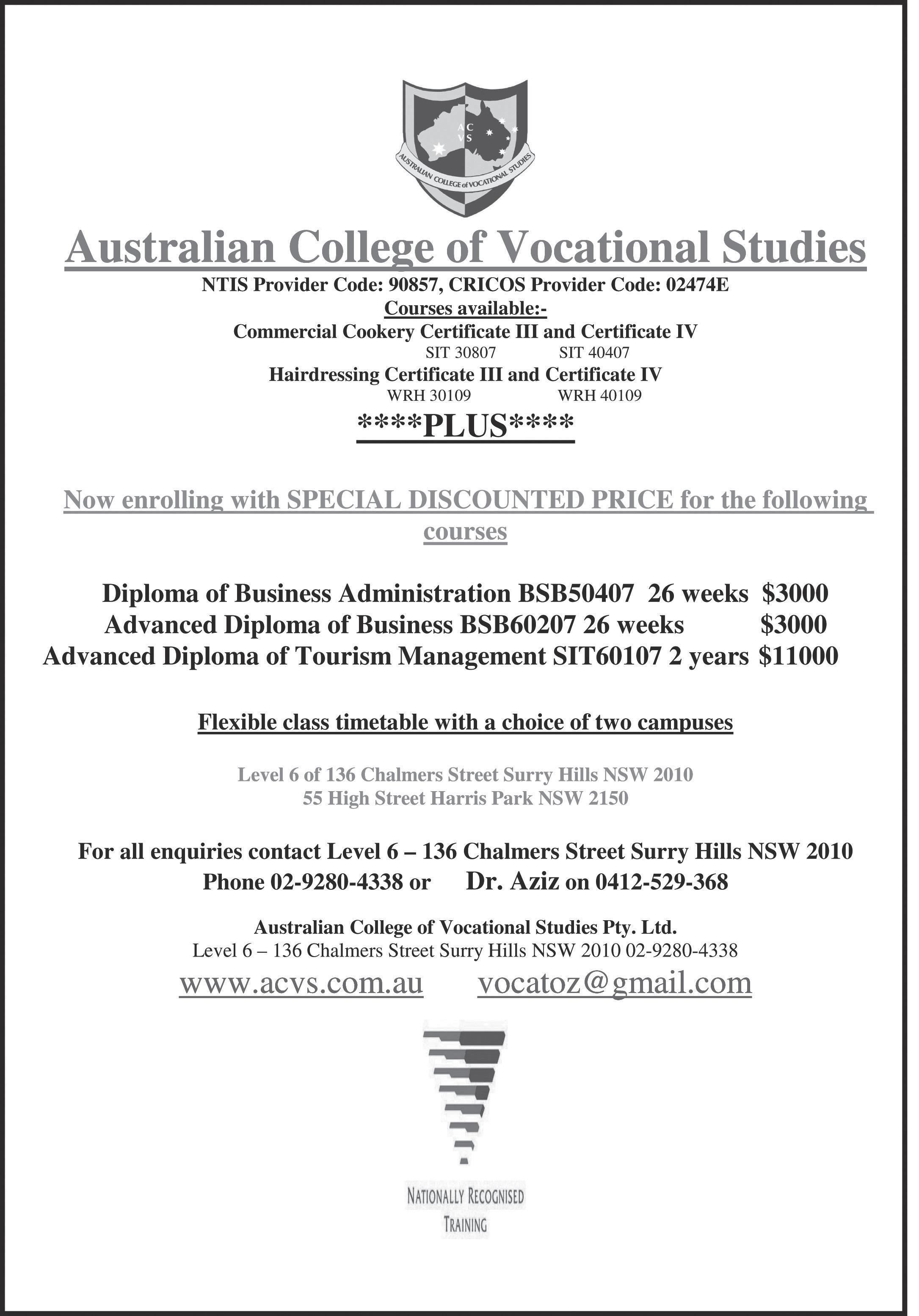
2 minute read
in Macau
from 2013-06 Sydney (2)
by Indian Link
The character of the entire historic settlement, clustered with piazzas and cobblestoned streets, baroque churches, stone fortresses neo classical edifices, bustling cafes and inviting shops doesn’t take much time to proclaim its european heritage
At just under 30 square kilometres in size, Macau is a pretty compact destination.


With history as my companion, I wander with Alonoro through alleyways lined with inviting cafes and shops selling antiques, silk and souvenirs, past even more churches and grand edifices of the colonial masters, and visit bastions built to protect the land from foreign invasions. By the end of this I feel pretty familiar with the character of this old-styled European colony.
Goa once again hits back when I drop in at St Francis Xavier’s Church, reminding me of Basílica do Bom Jesus in Goa, which holds the mortal remains of the 16th century Catholic saint Xavier. There is, however, much more to Macau than reminiscing

European legacies. In the last few years charismatic-but-sleepy little Macau has experienced the sort of boom usually associated with cities like Guangzhou and Shanghai. But rather than skyscrapers, flyovers, and shopping malls, the infrastructure investment here has been all about building megacasinos and hotels; the trigger for this being gambling legal in Macau and not in neighboring Hong Kong and China. So another luring face of Macau is its identity as the Las Vegas of the East. This draws a constant stream of visitors who dream to become instant millionaires. They try their luck at the Grand Lisboa, Venetian Resort or Galaxy, Macau’s three extraordinarily plush joints to thin or thicken their wallet.
During their stay, the colonial architecture includes oriental designs, with Chinese-style buildings standing next to ArtDeco architecture, and temples sharing space with churches. Portuguese coffee shops and dim-sim eateries run full house and festivals like Senhor dos Passos and Chinese New Year are both celebrated with pomp and glory.

Macau is a haven for foodies and one of its specialities is Macanese Cuisine, which is a unique combination of Portuguese and Chinese delicacies mixed with ingredients from Europe, South America and South East Asia. While sampling some of the items like Galinha à Africana at Restaurante Litoral and pastéis de nata from Lord Stows Bakery,
I keep enjoying the beguiling past of Macau where Western culture and Eastern Civilisation have combined to gift visitors a memorable time.

Travel noTebook
MAc AU
Ge

TTI n G TH e R e
One option is to fly Cathay Pacific www.cathaypacific.com.au to Hong Kong and then take the fast ferry from the airport. However, if you are staying in Hong Kong, ferry services depart from Shun Tak Centre Terminal in Hong Kong Island, or from China Ferry Terminal in Kowloon. Turbo Jet www.turbojet.com.hk offer services almost 24 hours a day.
ACCo MM odATI on e AT Restaurante Litoral www.ristaurante-litoral.com for Macanese dishes, Restaurante Espaco Lisboa for Portuguese delicacies and Indian Spice www.indianspicemacau.com for curry specials.
Experience the glamour of Macau in style at Sofitel Macau www.sofitel.com located, amidst the charms of the Macau’s historical quarter.
C U
lTURA l S H o W
Ranked as Asia’s most extravagant live production, House of Dancing Water is a breathtaking water based spectacular show, based on seven emotions from Confucian beliefs. CURR en CY Macau Pataca (MOP$): 1AUD = 8 MOP (at time of print)
VISA www.macautourism.gov.mo














